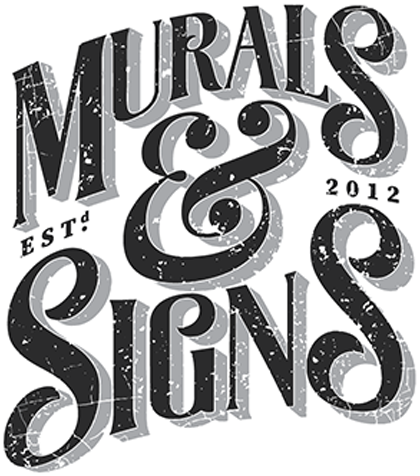In the world of modern marketing and urban aesthetics, commercial mural projects have gained significant traction. These projects not only enhance the visual appeal of public spaces but also serve as powerful branding tools for businesses. However, before embarking on a commercial mural project, it’s crucial to navigate through various legal considerations to ensure a smooth and trouble-free process. This article delves into the legal issues that should be addressed before commencing a commercial mural project.
Understanding Intellectual Property Rights
Intellectual property (IP) rights play a pivotal role in commercial mural projects. Murals are creative works of art, and their designs can be protected by copyright laws. Before starting your project, it’s important to confirm that the chosen design doesn’t infringe upon existing copyrights. Collaborating with a professional artist and obtaining a written agreement that transfers the IP rights to your business can safeguard against potential legal disputes.
Zoning and Local Regulations
Municipal Zoning Regulations
Mural projects are subject to local zoning regulations, which dictate where and how murals can be displayed. Before beginning your project, consult with your local municipality’s zoning department to understand any restrictions on mural placement, size, and content. This step ensures that your mural complies with local laws and doesn’t lead to unexpected legal issues.
Historic District Guidelines
If your commercial mural project is in an area designated as a historic district, additional guidelines and restrictions may apply. Historic preservation regulations can influence the design, materials, and colors used in the mural. Obtain the necessary approvals from the relevant historic preservation authorities to avoid violations and fines.
Contracts and Agreements
Artist Agreements
Collaborating with a talented artist is key to a successful mural project, and having a clear agreement in place is equally crucial. The artist agreement should outline project details, compensation, timeline, and ownership of the artwork. Clearly defining these aspects in a written contract can prevent misunderstandings and disputes down the line.
Property Owner Permissions
If the mural will be displayed on a property that isn’t owned by your business, it’s imperative to obtain written permission from the property owner. This permission should outline the scope of the project, its duration, and any necessary maintenance or removal clauses. Having this agreement in writing protects both parties and ensures a legal basis for the mural’s presence.
Environmental and Safety Regulations
Lead Paint Considerations
In older buildings, lead-based paint might be present. Sanding or scraping surfaces with lead paint during the mural preparation process can release harmful particles into the air. Ensure that your project complies with lead paint regulations to protect the health of workers and the environment. Consulting with professionals who specialize in lead paint remediation can provide valuable guidance.
Structural Safety
Large-scale murals may require additional structural support to ensure they are safely affixed to the building’s exterior. Consulting with structural engineers or architects can help determine the necessary support and ensure compliance with safety codes. Failing to address these considerations could result in safety hazards and legal liabilities.
Visual Distractions and Signage Laws
Traffic Distractions
Commercial murals, especially those located near roadways, can unintentionally become distractions for drivers and pedestrians. This could lead to accidents and legal consequences. Understanding local traffic laws and regulations related to visual distractions is essential. Adjusting the mural’s design and placement to minimize potential distractions can mitigate these concerns.
Signage Regulations
In some jurisdictions, murals might be subject to signage regulations, as they can be considered a form of advertising. Familiarize yourself with local signage laws to ensure that your mural project complies. This might include adhering to size limits, obtaining permits, and following specific guidelines for commercial visuals.
Public Art and Community Engagement
Community Input
Engaging with the local community before beginning a commercial mural project can foster support and prevent potential legal disputes. Hosting community meetings or seeking input through surveys allows you to address concerns and preferences. A community-engaged approach can build positive relationships and reduce the likelihood of opposition.
Public Art Commissions
In some areas, public art projects are subject to oversight by art commissions or similar entities. These commissions ensure that the artwork aligns with the community’s values and artistic standards. Collaborating with these commissions can enhance the legitimacy of your project and help navigate any legal requirements they may impose.
Conclusion
Embarking on a commercial mural project offers an opportunity to enhance aesthetics, promote your brand, and engage with the community. However, navigating the legal landscape is essential to ensure a successful and trouble-free project. By addressing intellectual property rights, zoning regulations, contracts, environmental considerations, signage laws, and community engagement, you can lay the foundation for a stunning and legally compliant mural that enriches both your brand and the surrounding environment. Always consult legal professionals and relevant authorities to ensure full compliance with all applicable laws and regulations.
Contract templates and samples for commercial mural painters
